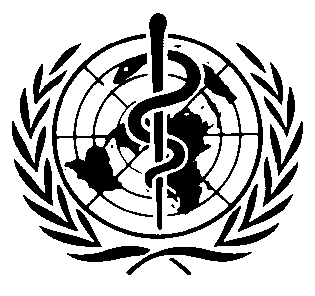International Chemical Safety Cards
| m-ANISIDINE | ICSC: 0375 |




3-Methoxyaniline 3-Aminophenol methyl ether 3-Metoxybenzeneamine C7H9NO / H2NC6H4OCH3 Molecular mass: 123.2 
 ICSC # 0375
ICSC # 0375CAS # 536-90-3 RTECS # BZ5408000 UN # 2431 October 08, 2002 Peer reviewed |
| TYPES OF HAZARD/ EXPOSURE | ACUTE HAZARDS/ SYMPTOMS | PREVENTION |
FIRST AID/ FIRE FIGHTING |
| FIRE |
Combustible.
Gives off irritating or toxic fumes (or gases) in a fire.
|
NO open flames.
|
Dry powder,
water spray,
foam,
carbon dioxide.
|
| EXPLOSION |
|
|
|
| EXPOSURE |
|
PREVENT GENERATION OF MISTS!
STRICT HYGIENE!
|
IN ALL CASES CONSULT A DOCTOR!
|
| •INHALATION |
Blue lips or finger nails.
Blue skin.
Confusion.
Convulsions.
Dizziness.
Headache.
Nausea.
Unconsciousness.
|
Ventilation, local exhaust, or breathing protection.
|
Fresh air, rest.
Refer for medical attention.
|
| •SKIN |
|
Protective gloves.
Protective clothing.
|
Remove contaminated clothes.
Rinse skin with plenty of water or shower.
|
| •EYES |
|
Face shield,
or eye protection in combination with breathing protection.
|
First rinse with plenty of water for several minutes (remove contact lenses if easily possible), then take to a doctor.
|
| •INGESTION |
(See Inhalation).
|
Do not eat, drink, or smoke during work.
Wash hands before eating.
|
Rinse mouth.
Do NOT induce vomiting.
Give plenty of water to drink.
Refer for medical attention.
|
| SPILLAGE DISPOSAL | STORAGE | PACKAGING & LABELLING | ||
|
Collect leaking liquid in sealable containers.
Do NOT let this chemical enter the environment.
Chemical protection suit including self-contained breathing apparatus.
|
Well closed.
Separated from
food and feedstuffs
and
strong oxidants
.
|
Do not transport with food and feedstuffs.
R: S: UN Hazard Class: 6.1 UN Packing Group: III |
||
| SEE IMPORTANT INFORMATION ON BACK | ||||
|
||||
